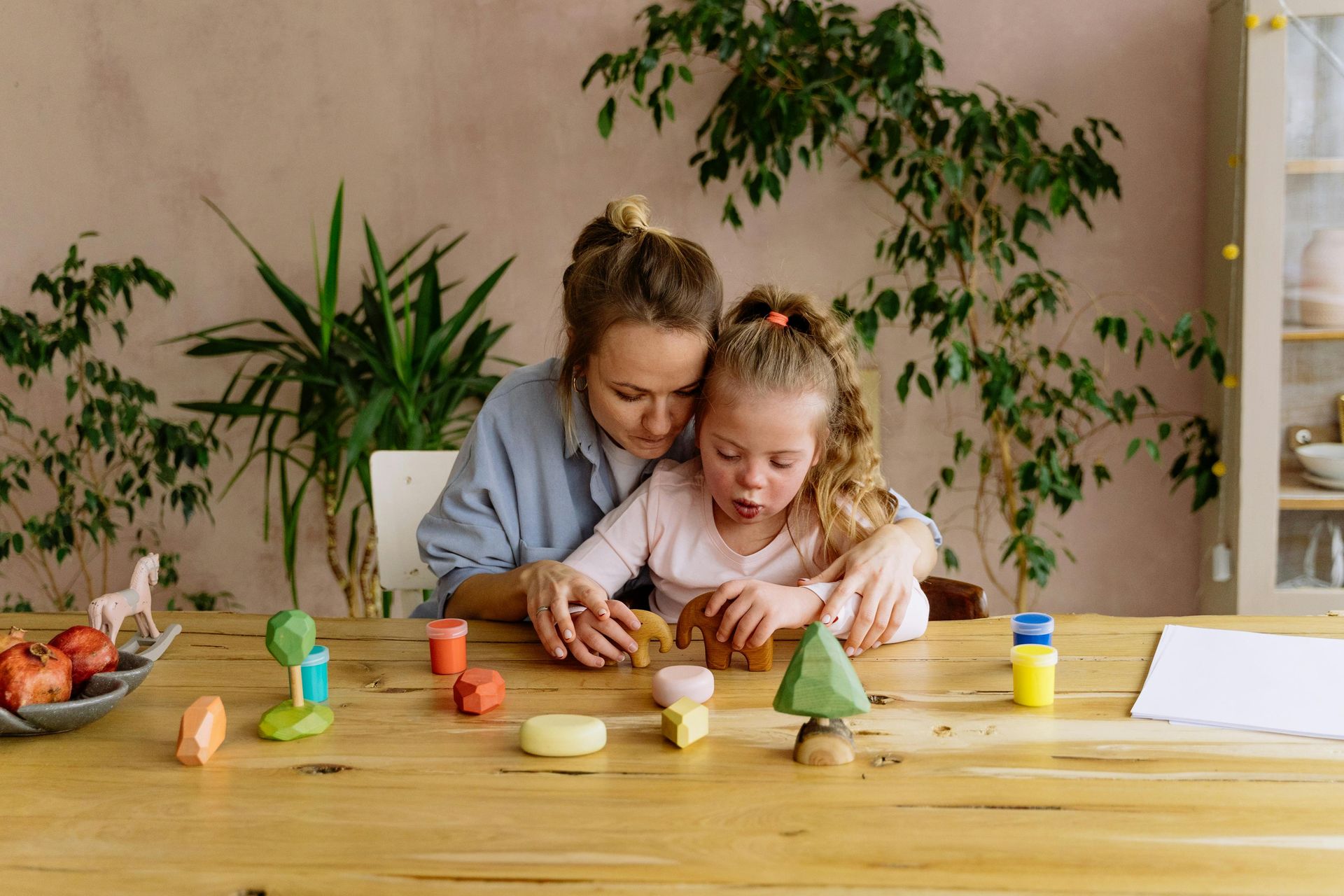Thriving Kids Program and the NDIS: What Families Need to Know
Understanding How the Thriving Kids Program Works Alongside the NDIS

The Australian Government has confirmed new details about the Thriving Kids program, a $2 billion early childhood support initiative set to begin on July 1, 2026. With many families already relying on the National Disability Insurance Scheme (NDIS), questions are being asked about what this new program means and whether it changes how the NDIS works.
The short answer? The NDIS remains in place. Thriving Kids is designed to work alongside it, not replace it.
What Is the Thriving Kids Program?
The Thriving Kids program is intended to provide foundational supports for children aged 8 and under. Unlike the NDIS, which delivers individualised funding, Thriving Kids will be offered through mainstream and community services such as:
- GPs and health providers
- Schools, preschools, and playgroups
- Maternal and child health services
- Digital and phone-based support
There has been public discussion about which children will be eligible, particularly whether it will include those with developmental delays or autism. At this stage, the exact scope is still being shaped in consultation with families, states, and experts.
How Does Thriving Kids Affect the NDIS?
The NDIS remains secure for people with permanent and significant disability. Current NDIS participants will not lose their plans or funding.
Thriving Kids will work as a
complementary system, targeting children who do not meet NDIS eligibility but still need developmental support. Broader changes to NDIS access for young children are not expected until
mid-2027, after the program has been operating for a year.
Benefits of the Thriving Kids Program
For families, the
Thriving Kids program offers several opportunities:
- Earlier intervention so children get help as soon as concerns are identified
- Wider access for those who may not qualify for the NDIS
- Community-based delivery through schools, clinics, and other familiar places
- Co-design approach involving families, states, and early childhood experts
Concerns and Criticisms
Despite its potential, families and disability advocates have raised concerns:
- Eligibility boundaries may cause confusion between Thriving Kids and the NDIS
- Regional equity is uncertain, since services may be harder to access in some areas
- Workforce shortages in health and early childhood may create delays
- Transition risks could appear once new NDIS rules for children are introduced in 2027
What Families Can Do to Prepare
Families can take practical steps now to be ready when Thriving Kids begins:
- Keep developmental records, therapy notes, and assessments up to date
- Stay connected with GPs, teachers, and local health services for early referrals
- Continue to review and protect your NDIS plan if your child already has one
- Participate in consultation opportunities to make sure your voice is heard
Client Care First’s Commitment to Families
At
Client Care First, we understand the uncertainty families may feel as new programs are introduced. We want to reassure families that:
- The NDIS remains unchanged and continues to provide vital, individualised funding
- Thriving Kids may bring new opportunities for early and community-based support
Our team will
continue working alongside families, helping them navigate both the NDIS and the Thriving Kids program as it develops.
“Our priority is to ensure families feel supported and confident,” said Meryn Martin, Director of Client Care First. “Whether through NDIS-funded services or Thriving Kids, we are here to provide quality, person-centred care.”
Final Thoughts
The
Thriving Kids program represents a major investment in Australia’s early childhood supports. For many families, it could mean earlier help and stronger community connections. It also raises questions about equity, access, and how changes to the NDIS will be managed.
What’s clear is that the NDIS remains secure, and families will not lose existing supports. By staying informed, engaged, and proactive, families can ensure both systems — Thriving Kids and the NDIS — work in their best interests.
Frequently Asked Questions About the Thriving Kids Program and the NDIS
Will the Thriving Kids program replace the NDIS?
No. The NDIS remains in place for people with permanent and significant disability. Thriving Kids is designed to work alongside the NDIS, not replace it.
What does the Thriving Kids program mean for the NDIS?
Thriving Kids will provide community-based supports for children under 9. The NDIS will continue to provide individual funding for those who meet eligibility criteria.
Who will be eligible for Thriving Kids?
Eligibility is still being shaped. Discussions are ongoing about which children will be included, and final details will be shared closer to the 2026 rollout.
How can families prepare for Thriving Kids and NDIS changes?
Families should keep therapy notes, assessments, and developmental records up to date. Staying connected with schools, GPs, and local services will also help.
When do NDIS changes for children take effect?
Broader changes to NDIS access for children are expected from mid-2027, after the Thriving Kids program has been in place for a year.
What should families do if they are worried?
Families can continue using their NDIS plan if they have one and follow updates on the Thriving Kids program. Engaging in consultations and advocacy will also help shape the program.



